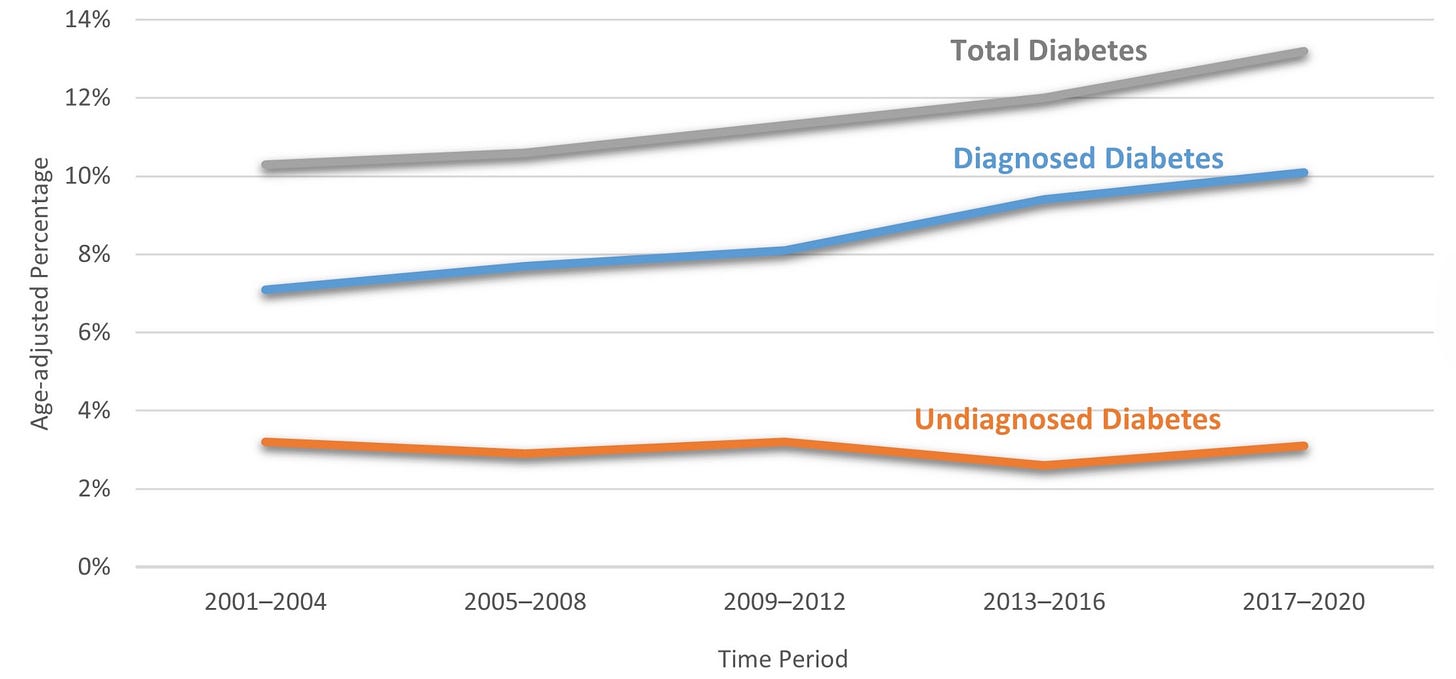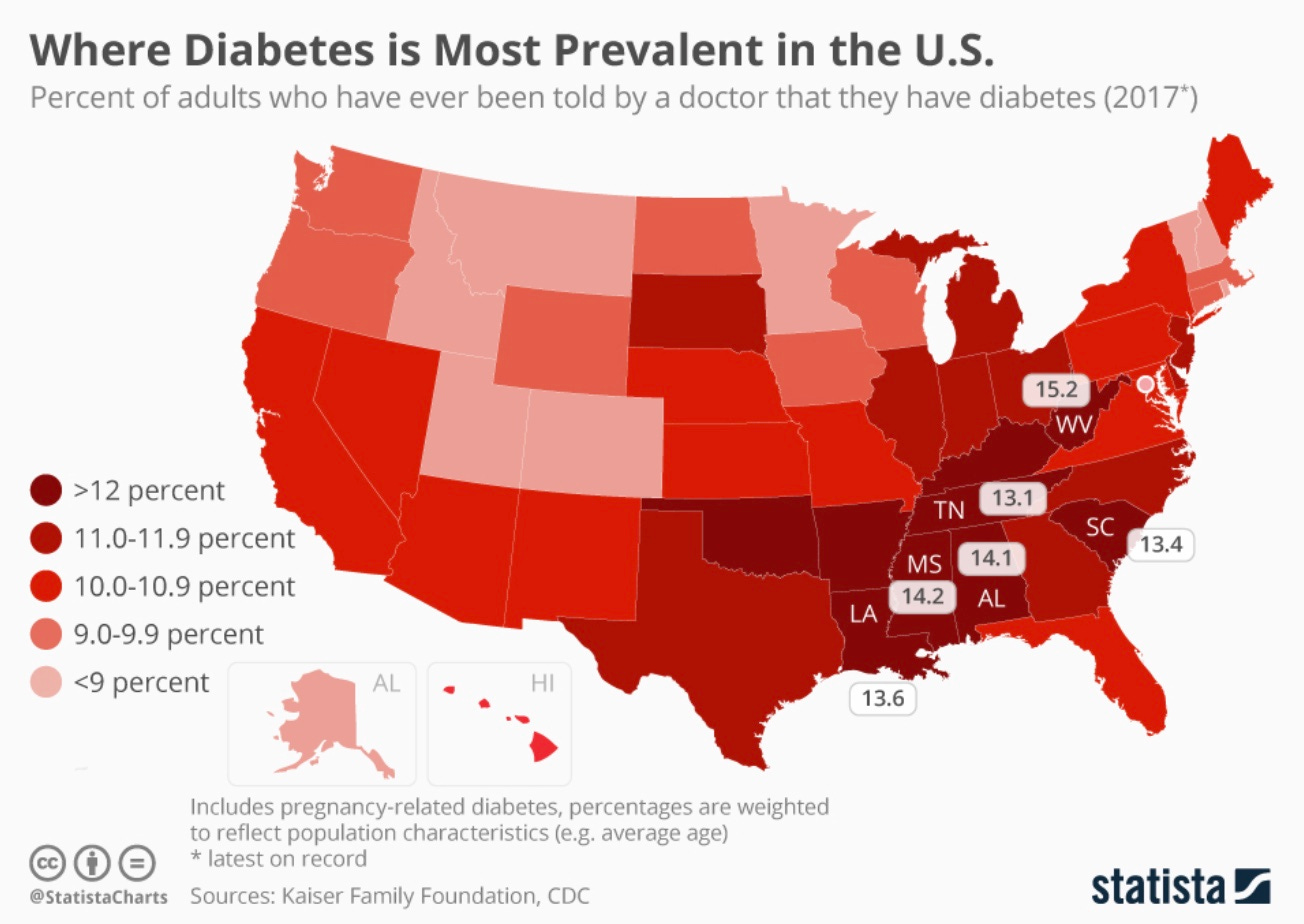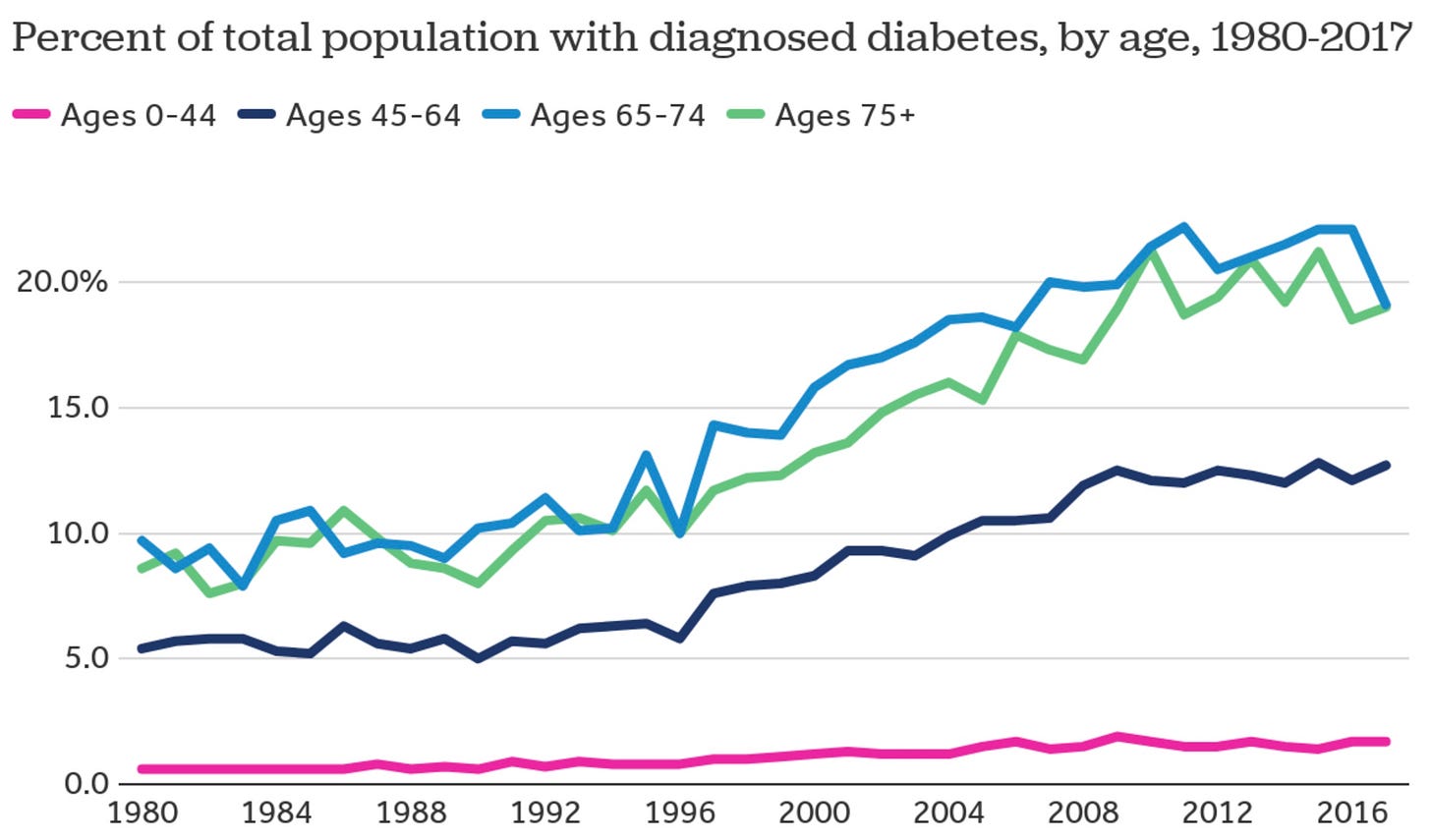Reversing Diabetes: Biology or Belief?
When the body forgets how to heal, the mind can remind it

Mr. Skeptical folds his arms and says, “I thought diabetes wasn’t reversible? “
“Type 2 is reversible, but many people still believe it isn’t, and that’s part of the problem.
Subconscious Fat at 30,000 Feet
Type 2 diabetes has long been framed as a chronic, progressive disease. Once you’ve got it, the story goes, you’ll manage it for life.
Yet in the past decade, that narrative has quietly started to crack. People aren’t just managing diabetes — they’re reversing it. Entire clinics built around ketogenic, low-carb, or carnivore-style diets are seeing remission rates that used to sound like fantasy.
But there’s a deeper question underneath the macros and glucose meters:
Why does the same diet reverse diabetes for one person and fail for another?
Maybe biology isn’t the full story. Maybe metabolism listens to belief.
Mr. Skeptical rolls his eyes. “Belief? Please. The pancreas doesn’t read affirmations.”
“Hold that thought. Because the evidence says otherwise — not about affirmations, but about how expectation, perception, and brain signaling can alter insulin sensitivity and glucose metabolism in real time.”
Subconscious Fat at 10,000 Feet
Let’s start with the biology.
Type 2 diabetes, in simple terms, is insulin resistance — your cells stop responding efficiently to insulin’s “open up for glucose” signal. Fat gets stored, blood sugar rises, and the pancreas eventually burns out trying to compensate.
Ketogenic and carnivore diets lower blood glucose by drastically reducing carbohydrates. Less glucose means less need for insulin, and cells can gradually “reset” their sensitivity. In 2019, Virta Health published a study in Diabetes Therapy showing that after two years on a ketogenic program, over half of participants achieved diabetes remission — without drugs, without surgery.
That’s the biology. But it doesn’t explain everything.
In 2014, researchers at Yale (PNAS, 2014) ran a brilliant experiment: they gave participants two identical milkshakes, but told them one was “indulgent” (620 calories) and the other “sensible” (140 calories). Both were actually 380 calories. The “indulgent” shake triggered three times the drop in ghrelin (a hunger hormone) compared to the “sensible” one — just from expectation.
In other words: the body metabolized belief.
Mr. Skeptical’s eyes squint, his head tilts, “So you’re saying I can just think my way out of diabetes? Great, I’ll visualize bacon and call it medicine.”
“Not quite — but mindset and perception amplify biology. The same food, eaten under stress versus confidence, can produce different hormonal outcomes. The same fasting routine, approached as deprivation versus renewal, can raise or lower cortisol and glucose differently.”
“That means the metabolic story of diabetes isn’t just about insulin; it’s about interpretation.”
Subconscious Fat at Eye-Level
When someone switches to a ketogenic or carnivore diet and reverses diabetes, it’s easy to assume it’s the macros alone. But look deeper: their entire metabolic narrative changes. They go from “I’m broken” to “I’m healing.” From “I’m dependent on meds” to “I’m in control.”
The body listens to that shift.
Studies show that belief in treatment efficacy (even when blinded) alters glucose regulation and inflammatory markers (Nature Communications, 2020). The hypothalamus — the brain’s command center for metabolism — adjusts energy expenditure based on anticipated food intake, not just actual nutrients.
So the question becomes:
Are we reversing diabetes with diet — or with a new metabolic story?
Mr. Skeptical takes a sip of his sugared coffee, “You make it sound like the pancreas is eavesdropping on our self-talk.”
“In a way, it is. The vagus nerve doesn’t speak English, but it listens to emotion, expectation, and perceived safety.”
“So my pancreas just needs therapy now?”
Can Mr. Skeptical, for once, not be so sarcastic? “Not therapy — coherence. When the brain feels safe, the body stops hoarding.”
Practical Suggestions and Conclusions
So what can we do with this?
Shift from control to curiosity.
Instead of micromanaging every carb, explore how your state before, during, and after eating changes your glucose. Calm meals lower postprandial spikes more than tense ones — measurable via continuous glucose monitors.Use belief as biology.
Expect improvement. The brain’s predictive coding shapes metabolic output. If your system anticipates stress and scarcity, it stores; if it anticipates safety and abundance, it releases.Pair ketogenic logic with psychological safety.
A low-carb diet works best when it doesn’t feel like punishment. Combine it with mindful eating, sunlight, sleep, and play. These reinforce the brain’s signal of safety, allowing insulin sensitivity to return.See diabetes not as malfunction, but as message.
Insulin resistance is the body’s way of saying, “I don’t feel safe to burn energy.” Healing is as much about changing that message as it is about cutting carbs.
Mr. Skeptical adds, “So in the end, we’re all just trying to convince our cells that life’s not an emergency?”
Surprised by his non-sarcastic comment!! I raise my buttered coffee as in a toast. “To our bodies being relaxed and in a state of healing. Once the body believes that, it remembers how to heal.”
Be aware.
Other links related to this post:
Mind Over Food
Convenient Beliefs
Obesity Spells PS Links on LinkedIn, Facebook, Instagram, X, and Notes. Full disclosure: ChatGPT was used to research and enhance this post.






Great article. Thanks for the insights.